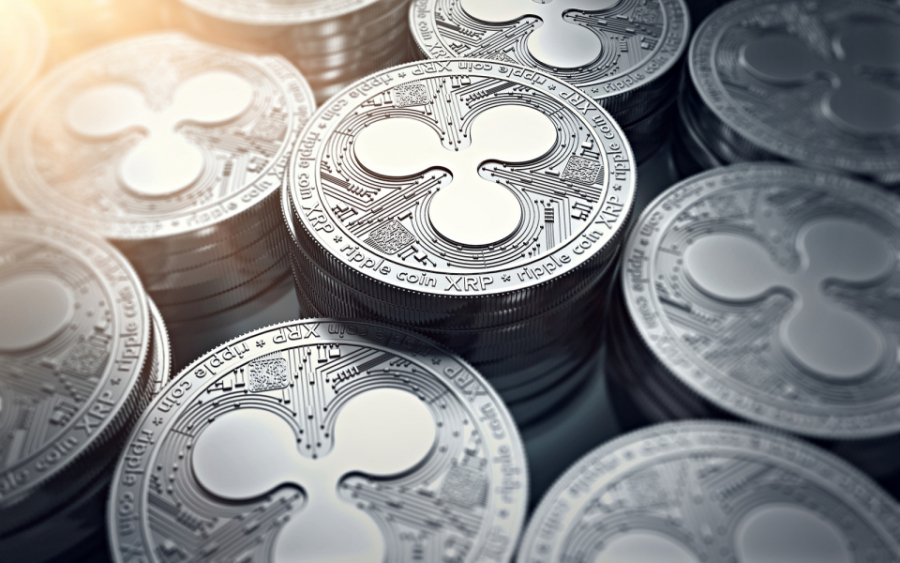Ripple was the unlikely cryptocurrency surprise of 2017, and it continues to rise into the new year. While investors focused on more familiar mainstream cryptos like Bitcoin (BTC), Ethereum (ETH), and Litecoin (LTC), the relatively obscure altcoin started at $0.006, oscillated under the $0.05 range in the first quarter, and then exploded to end at $2.16, up 360 times in a year. After the new year, Ripple rose to an all-time high of $3.84 on January 4, and took the title of second-largest market capitalization from Ethereum. It currently has a market capitalization of $130 billion and remains a competitive alternative to Bitcoin and other major cryptos.
is a protocol, a real-time gross settlement system and currency exchange network created by the company Ripple Labs in 2012. The native currency of the protocol, named Ripple (XRP), is used to record transactions on its private distributed ledger. XRP was created by banks with a vision to allow financial institutions to complete cross-border and cross-currency transactions with higher speed, lower fees, and greater efficiency compared to the current SWIFT wire transfer system. Ripple Labs aims for its partner banks' customers to remit and transfer money globally, settled in minutes rather than days.

Because billions of dollars poured into cryptos in 2017, and Ripple Labs announced many new partnerships with global banks, XRP has become an investment and speculation vehicle. An investor looking to buy and hold XRP has two options. They can either buy on a fiat exchange that trades XRP or transfer funds through two exchanges. Exchanges that trade USD/XRP and EUR/XRP pairs include Bitstamp, Bitsane, and Kraken. But it is currently difficult for Americans to transfer dollars with Bitstamp and Bitsane, and Kraken is known for its terrible execution systems. So the better option is to buy BTC, ETH, or LTC on a reliable exchange like Coinbase/GDAX or Gemini and then transfer the funds to an altcoin exchange like Binance or Bittrex. Long-term investors should then transfer their newly acquired XRP off the exchange to a hot or cold wallet for security and peace-of-mind.
After a hot year, it can be argued that Ripple's momentum will slow or reverse. One reason is that the rise has been a bubble, and what goes up must come down. Another reason is that many people in the crypto community are bearish and critical of XRP due to ideology. Unlike BTC, ETH, and many altcoins, XRP is a centralized coin created by and for banks and financial institutions, which runs against the libertarian, decentralized ethos of cryptocurrency in general.
The potential upside for Ripple includes the dedication of its founding team and increased adoption by financial institutions. This week cofounder Chris Larsen was worth more than $59 billion, leaping into fifth place of the world's wealthiest people. Because the Ripple Labs cofounders hold millions of XRP in escrow, they have a vested interest in the success of the Ripple project. Finally, the increasing number of new partnerships with banks and credit card companies could fuel continued price growth.
The author does not hold a position in XRP.
- https://www.coindesk.com/ripples-xrp-token-hits-time-high-3/
- https://coinmarketcap.com/currencies/ripple/
- https://youtu.be/Q2YHhLkOO9g
- https://www.fool.com/investing/2017/12/17/5-big-banks-currently-testing-ripples-blockchain-t.aspx
- https://www.buybitcoinworldwide.com/ripple/wallets/
- https://www.nytimes.com/2018/01/04/technology/bitcoin-ripple.html










